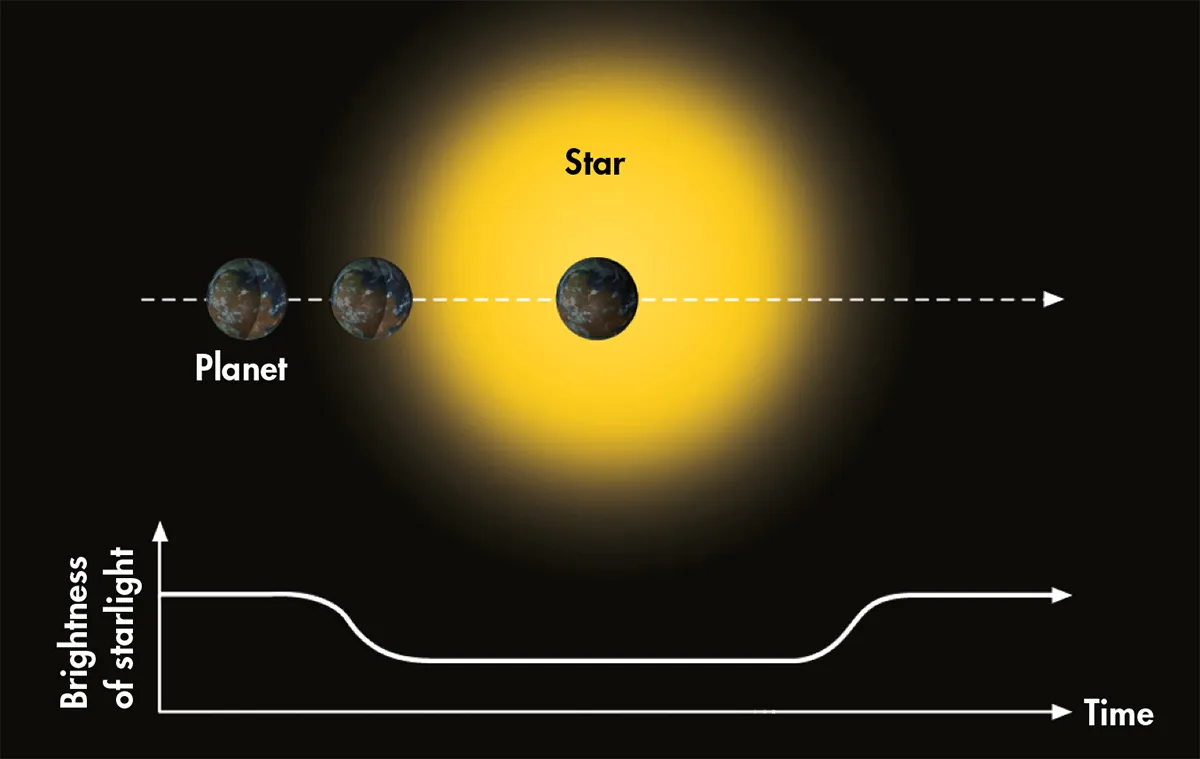The James Webb Space Telescope has identified methane in the atmosphere of a planet orbiting beyond our Solar System.
Webb was able to observe the exoplanet as it passed in front of and behind its host star, analysing starlight passing through the planet's atmosphere and finding signs of methane gas and water vapour.
This technique of splitting starlight is known as spectroscopy.
WASP-80 b is an exoplanet that orbits a red dwarf star once every 3 Earth days and is located 163 lightyears away.
Given how far the planet is from us, and how closely it orbits its star, Webb had to study the combined light from the star and planet using the transit method and the eclipse method.
Find out more about how James Webb Space Telescope studies exoplanets

The transit method is a popular method for detecting and analysing exoplanets.
When a planet passes in front of its star, it causes that star's light to dim slightly, indicating a planet in orbit.
And as the planet transits, its atmosphere is lit up, enabling powerful instruments to analyse different wavelengths of light and determine what chemicals are present.
The eclipse method involves observing as the planet passes behind its star, causing a dimming of the combined light of the star-planet system.
Just before and after this eclipse, the planet’s hot dayside was visible from our perspective, and astronomers could measure the dip in light to study the infrared light emitted by the planet.
WASP-80 b is a planet known as a 'warm Jupiter', meaning it has a temperature in between the known hot Jupiter exoplanets and our own Jupiter in our Solar System.

And while water vapour has already been observed in multiple exoplanets, methane had so far remained undetected in the atmospheres of transiting exoplanets when studied with space-based spectroscopy.
The team behind the study now intend to explore what the chemical composition of the planet can tell them about its birth, growth and evolution.
The team also say it will also give them an opportunity to compare the amount of methane and other molecules in Solar System planets to those outside it.
Additional studies of WASP-80 b are planned to search for other carbon-rich molecules such as carbon monoxide and carbon dioxide.
The authors of this study are Taylor Bell, a research scientist at the Bay Area Environmental Research Institute (BAERI) working at NASA’s Ames Research Center in California’s Silicon Valley, and Luis Welbanks, a NASA Hubble Fellow at Arizona State University in Tempe, Arizona.
